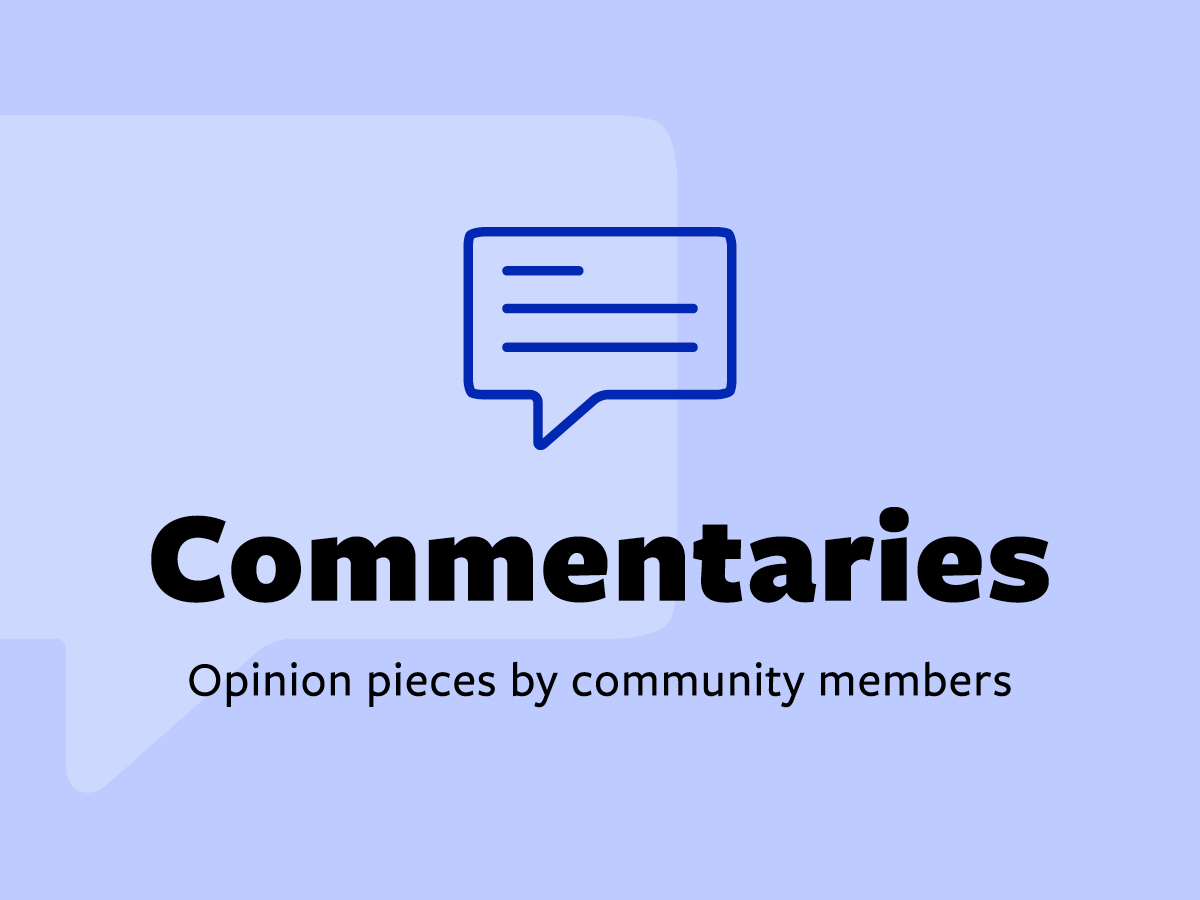This commentary is by Pat Suozzi, of Hinesburg. Suozzi is the president of the Federation of Vermont Lakes and Ponds.

In the recent opinion piece “Vermonters Get Rid of Your Lawns,” author Lucie Lehmann describes the wonderful transformation that took place when she removed her lawn and planted native perennials and grasses. Her yard came alive with color, attracting all sorts of birds, butterflies, native bees and more. She describes many of the benefits of doing this, including reduction in the use of pesticides.
I would like to add another very important benefit of less lawn: improving the health of Vermont’s lakes and streams.
Grass with its shallow roots does not absorb much rainwater. However, native plants, shrubs and trees, with their deeper root systems, are far more absorbent, which significantly reduces stormwater runoff.
Even if you live far from a lake or stream, runoff from a lawn — laden with nutrients, sediment and other pollutants — will end up in a nearby stream and eventually into one of the state’s 800 lakes and ponds.The nutrients, consisting mainly of phosphorus, contribute to creating the toxic cyanobacteria blooms that have closed so many beaches along Lake Champlain and on other lakes in the state. Stormwater flowing across your lawn can also erode roads, carrying that dirt and gravel along with salts and other pollutants into the lakes and streams.
Removing lawns and planting native species can help to reduce this pollution, protect water quality and bring you the pleasure of a garden full of life that will require little to no mowing and give you more leisure time to get out and enjoy a nearby lake.
Interested but not sure how to get started? We can help.
The Federation of Vermont Lakes and Ponds has published a landscaping booklet that includes a variety of landscape design templates and planting plans, lists of native plants, shrubs, and trees, as well as maintenance tips. While this was created mainly for lake shore property owners, all of the designs, native plant lists and maintenance tips are completely relevant to anyone who would like to change their lawn desert into a garden.
Help protect Vermont’s lakes and ponds. Stop mowing and plant a garden.

